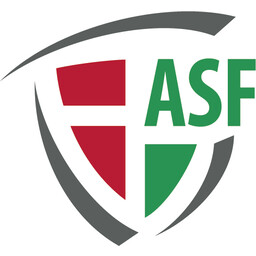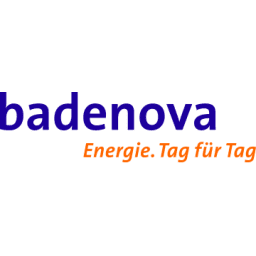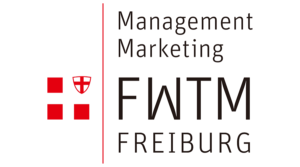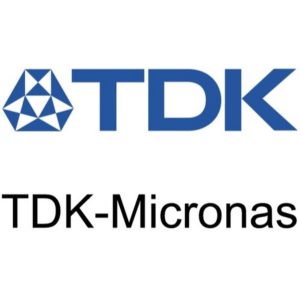Biodiversity
Biodiversity
Biodiversity in Industrial Areas?
It is hardly expected in commercial and industrial areas. But it is still there. Why is that? For many decades we have been committing to groomed, intensive agricultural landscape, where flora and fauna have little chance of survival. Animal populations are searching for secondary habitats in areas such as the Freiburg industrial area Nord. Here, the gravel tracks offer ideal habitats for wall lizards, tall industrial buildings accommodate alpine swift and kestrel settlements, and rare biting insects and wild bees colonize the wastelands. The BIG project aims among other things to improve the living conditions for these species through different measures taken by the participating companies. To ensure there is opportunity for success, it is necessary to know which species are currently there. For this reason, specialist biologists were tasked with mapping, to determine where and which birds breed, wall lizard count and which wild bees find nectar and pollen on which host plants. In environments where there is planned expansion very soon, it does not make sense to carry out biotope type mapping. The potential analysis chosen here offers companies the various measures that have positive impacts on biodiversity and often enough on the well-being of employees as well.
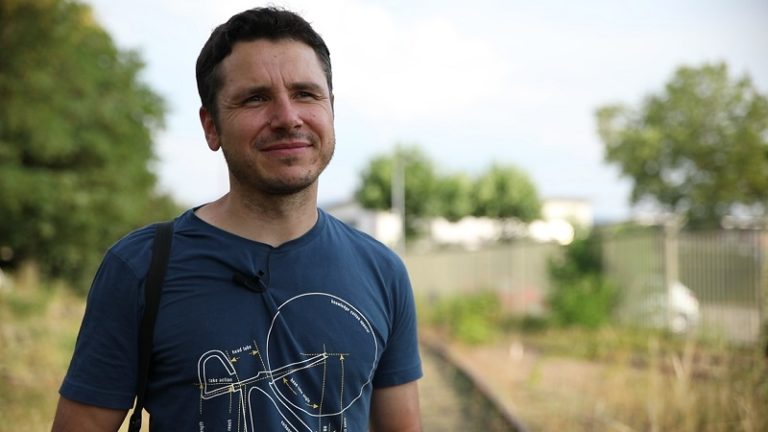
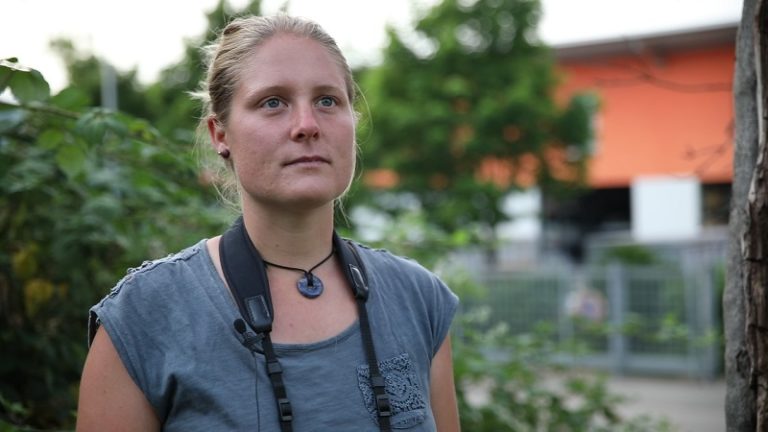
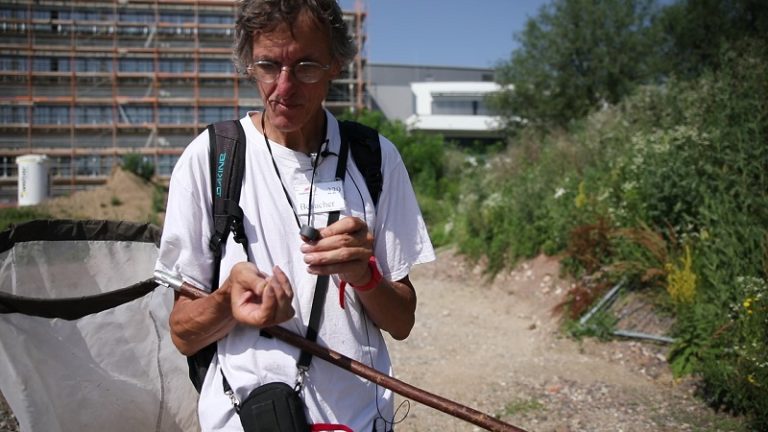
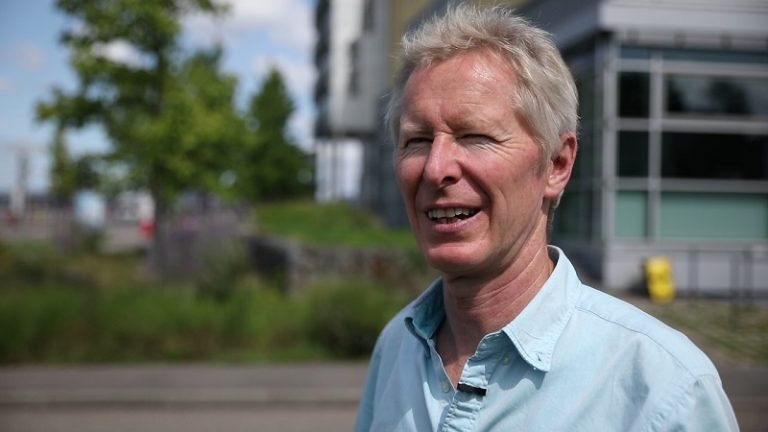
Please click on the respective logo to get to the results of the investigation for the individual companies
Abfallwirtschaft und Stadtreinigung Freiburg GmbH (ASF)
The core activities of Abfallwirtschaft und Stadtreinigung Freiburg GmbH (ASF) include the collection, transport and disposal of waste for 230,000 residents, cleaning and winter maintenance in the Freiburg city area and the recultivation of the former Eichelbuck landfill. In addition, it operates the three Freiburg recycling centers, several waste recycling and energy generation plants as well as its own workshop. ASF offers logistics and cleaning services as well as disposal and recycling services to 6,000 commercial companies. Since 01.01.2000 internal waste management operations are partially privatized and operate as ASF GmbH.
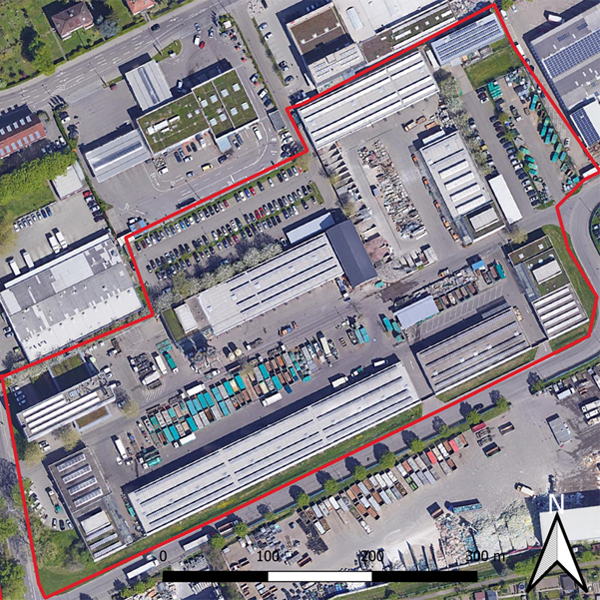
| |||||||||||||||||

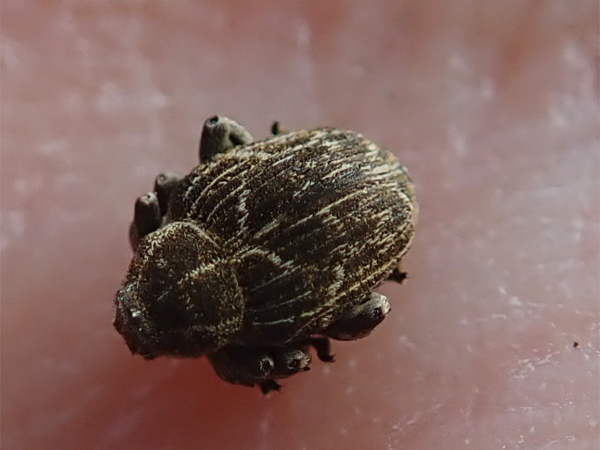
Viper’s-bugloss (Echium vulgare) exists in large numbers on the sunny slope of the trough, amidst the rampion bellflower (Campanula rapunculus). In the forefront, the bird’s foot trefoil (Lotus corniculatus) blooms yellow, attracting wild bees. The sunny bramble not only provides pollen and nectar for various insects, but also provides nesting places for some wild bee species and numerous other groves in the marrowy wood of preceding stems.
The viper’s weevil (Mogulones geographicus) can be commonly found in areas with lots of viper’s bugloss.
badenova AG & Co. KG
The shareholders of the energy service provider badenova AG & Co. KG include 96 municipalities in the south Baden region with almost one million inhabitants. This network increases badenova’s municipal responsibility, which goes far beyond the supply of electricity, gas and water. The company also offers its customers and shareholders climate protection and efficiency advice, battery storage, heating and PV systems as well as charging solutions for electromobility. Badenova, through its other partner, Thüga AG, is a partner in Germany’s largest public utilities network, the aim of which is to implement decentralized, sustainable solutions on site. The regional commitment of badenova to its innovation fund for climate and water protection is particularly visible. This not only promoted the “Blooming Industrial Area” project, but in the last almost 20 years of its existence, with a total of around EUR 1.5 million each, over 160 projects in the region.
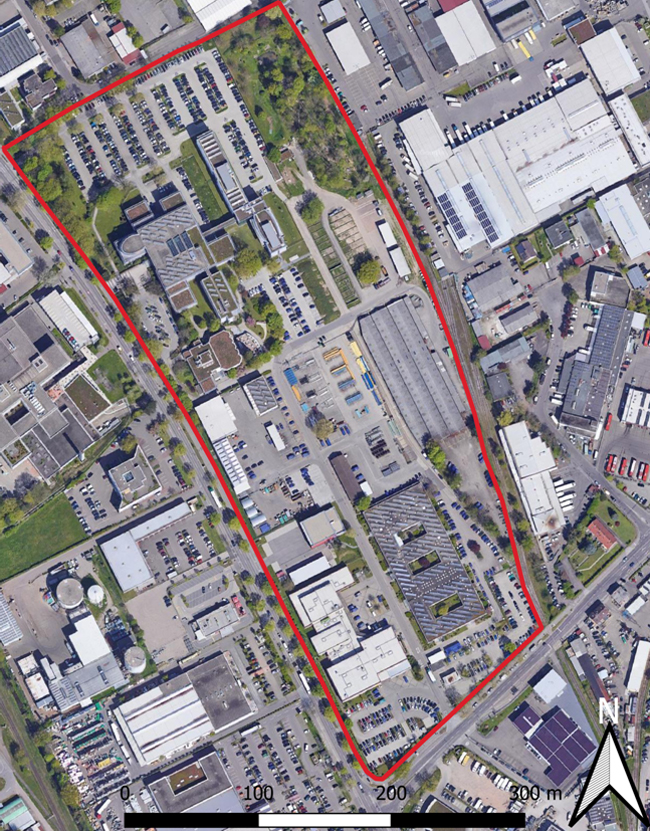
| |||||||||||||||||||||
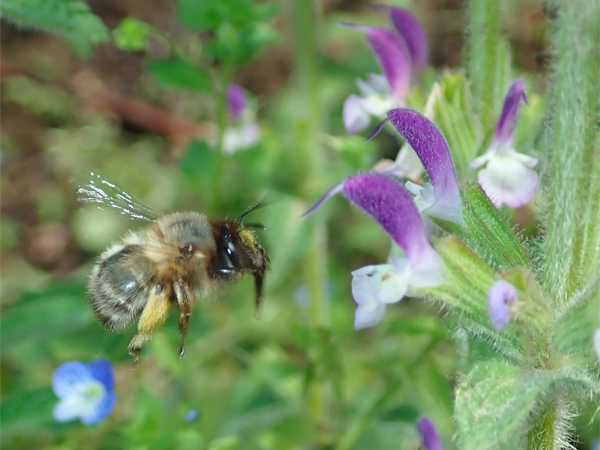
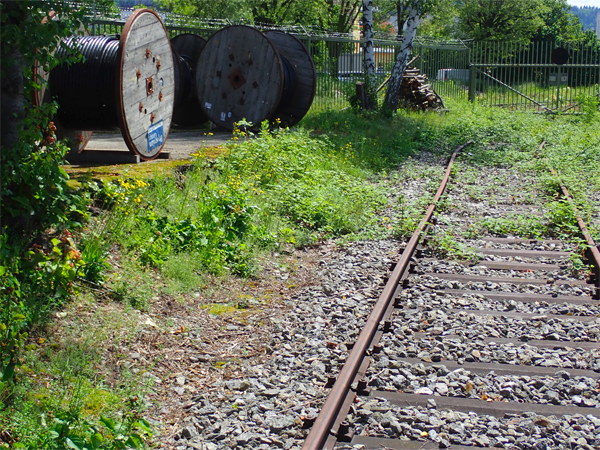
The endangered Anthophora aestivalis bee is approaching the annual clary (Salvia viridis) in flight. This species is attracted to labiate leaves. The shortfall is likely to be found in the nesting places. Here, the steep embankment to the biotope offers favorable opportunities for nesting.
South end of the old track. Railway gravel is used as a nesting site by some heat-loving bee species, such as the Anthidium punctatum, yet to be spotted here. The yellow flowering tall hawkweed (Hieracium piloselloides) is also typical on railway ballast.
Freiburg Wirtschaft Touristik und Messe GmbH & Co. KG
FWTM – Freiburg Wirtschaft Touristik und Messe performs management and marketing tasks for the city of Freiburg. The business of the company includes economic development and touristic promotion.
FWTM runs the “Messe Freiburg” (Freiburg Trade Faire), the „Konzerthaus Freiburg“ (Freiburg Convention Center) and is responsible for the organisation of a large number of trade fairs and events, e.g. the Wine Festivals, the Christmas Market, the daily Farmers’ Market, etc.
The FWTM has more than 100 members of staff and looks back on a twenty-five-years-old company history. The innovative and integrative corporate concept and the pragmatical approach set standarts in the professional organisation from business and tourism development. The FWTM is a flexible and efficient working management and marketing company. She is consequent of using possible savings and synergetic effects, always considering regional connections.
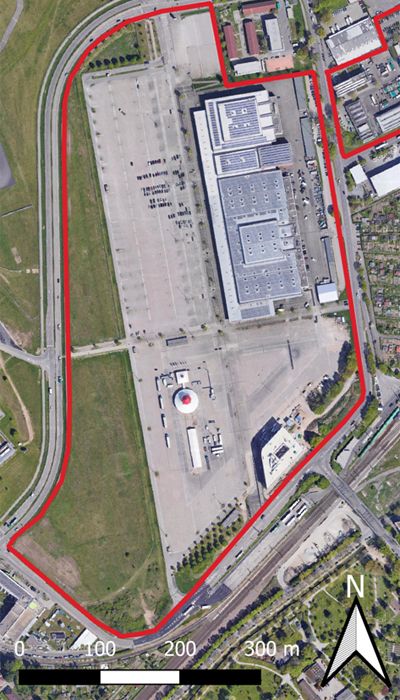
| |||||||||||||||||||||
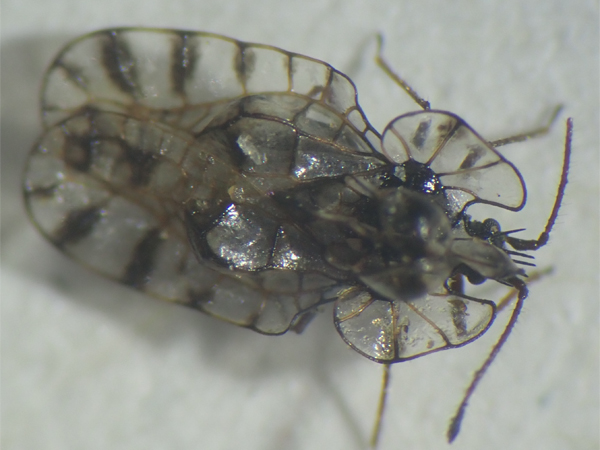
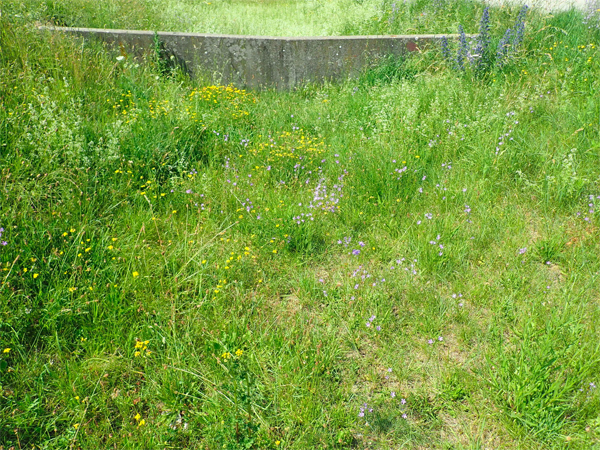
Galeatus maculatus is a rare species of Tingidae that is found only locally in Germany in grasslands with populations of mouse-ear hawkweed (Hieracium pilosella).
Bird’s-foot trefoil (Lotus corniculatus), rampion bellflower (Campanula rapunculus) and Viper’s-bugloss (Echium vulgare), are three particularly valuable plant species in the trough of the eastern edge of the meadow, southwest of the exhibition center as a source of pollen for several wild bee species. The location of the trough and the small embankment offer wind protection in unfavorable weather, the trough embankment also offers some ground spots for nesting sites.
TDK-Micronas GmbH
TDK-Micronas is the competence center for magnetic field sensors and CMOS integration within the TDK group. TDK-Micronas has more than 25 years of experience in internal production of semiconductors for sensor and actuator solutions. In 1993 the company was the first to manufacture a Hall effect sensor using CMOS technology. Since then, TDK-Micronas has delivered a total of over five billion Hall sensors to the automotive and industrial markets. The operational headquarters are in Freiburg im Breisgau. TDK-Micronas currently employs around 1,000 people.
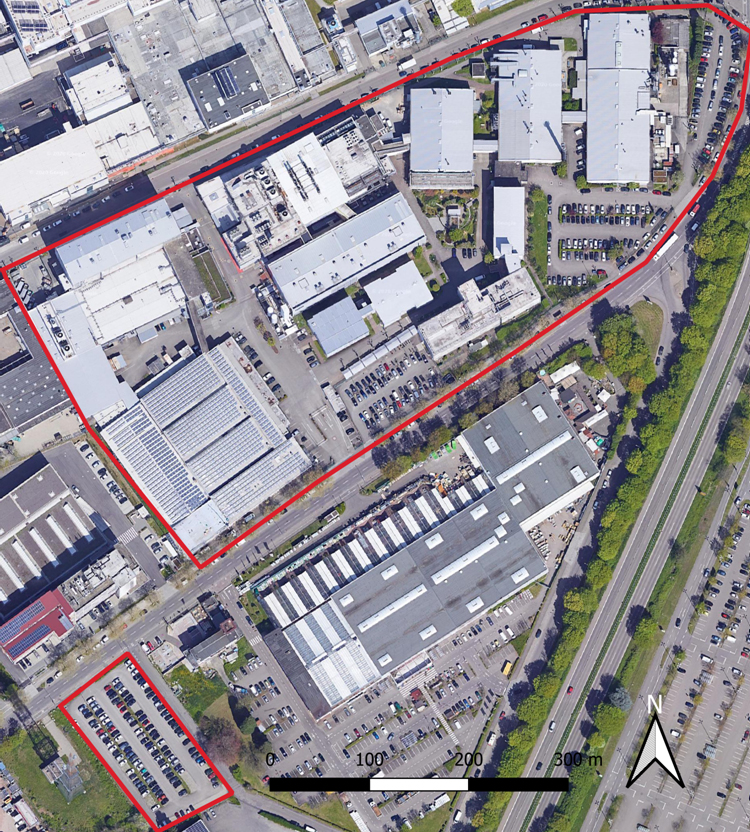
| |||||||||||||||||||||
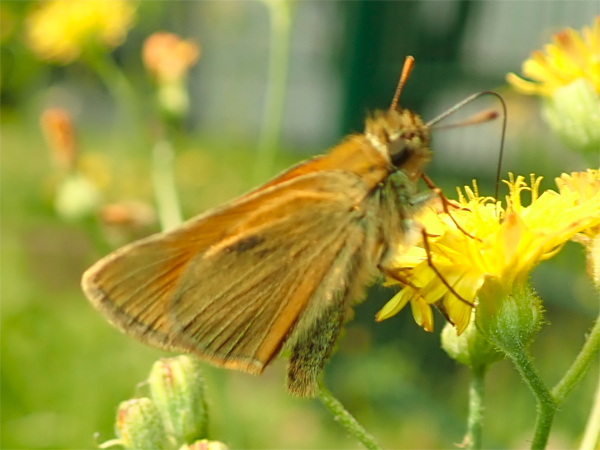
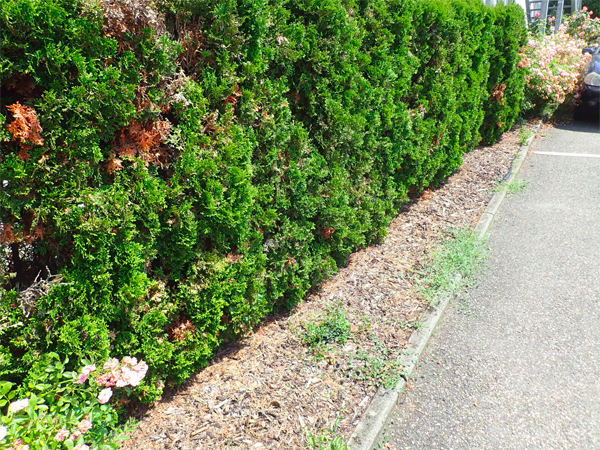
The small skipper butterfly (Thymelicus sylvestris) visiting flowers on a smooth hawksbeard (Crepis capillaris). Greenery in the northwest site of TDK Micornas GmbH.
Thuja-hedges, wooden mulch and vibrant roses. There is not much to find for flower-visiting insects and nesting opportunities do hardly exist. Here there is a good opportunity for ecological upgrading.

